Working out in Winter
Since the shift in the seasons, there has been a notable decline in temperature, sunlight hours and the will to exercise. Colder weather can make it difficult to prioritise physical activity despite the well-known benefits for physical and mental health, as well as improved sleep, motivation, focus and emotional wellbeing.
Our workout sessions may need some initial adjustments as we take weather, warmth, hydration and safety into consideration.
Keep dry to stay warm: Winter weather requires suitable clothing to tackle the cold, dark, windy and damp conditions. Protect your extremities (fingers, ears, nose, and toes) by wearing a hat, scarf and gloves. To prevent an unwanted chill from wet clothes (rain, hail, snow or sweat) we need to layer appropriately. Wear a breathable synthetic fibre e.g. polyester or nylon sports top designed to dry quickly, layered with a woolly fleece for warmth, and a light wind-waterproof jacket.
Stay seen: As the evenings get darker, poor road lighting and reduced visibility due to rain can make it more difficult to be seen when out exercising. Stay safe by wearing bright coloured clothes, head torch and a reflective vest. Improve your own visibility to prevent falls which could lead to injury.
Protect your skin: Apply sunscreen with at least SPF 30 to your face and exposed skin and apply SPF lip balm to keep your lips from cracking.
Sip water: Despite the cold, we still loose fluids during exercise through sweat and breathing. Sip on water before, during and after your workout, it is important to stay hydrated, even though you might not feel thirsty.
Warm-Up: A short warm up before exercise will increase blood flow, heart rate and body temperature to help decrease the risk of injury. A combination of exercises i.e. squats, lunges, high knees, arm swings and jogging on the spot, will ensure that major muscle groups are properly warmed up.
Cool down and change: Once you stop exercising, you will start to get cold quickly. By tapering the intensity of your activity during the final 5 minutes, your heart rate can return to normal. To cool down, repeat similar exercises to your warm-up and stretch muscles to prevent stiffness. Once home change into fresh, dry clothes. If you have a step tracker, a good target is 10,000 steps a day. If motivation is a struggle, keep a chart and set a challenge with friends, family or a colleague to see who gets the most steps each week.


